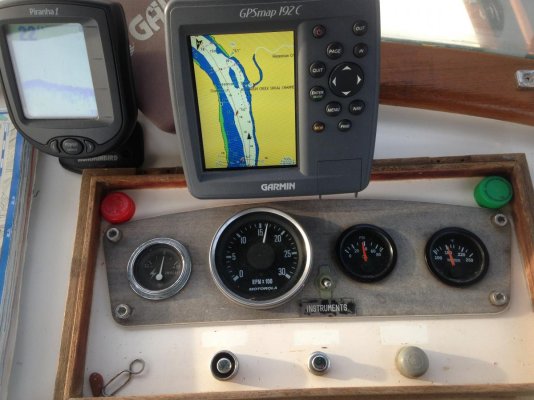timjet
Guru
- Joined
- Apr 9, 2009
- Messages
- 1,920
Cummins engines are not very tolerant to overheating. The factory installed coolant temp gauges are calibrated in a way that makes it difficult to determine closely what the coolant temp is.
I haven't researched this much yet but can someone recommend a coolant gauge perhaps with an expanded view in the 180 to 200 deg range that I can replace my current gauge with? Preferably one that just replaces the gauge without replacing the sensor, if that's possible. Digital are OK, but I prefer analog.
I haven't researched this much yet but can someone recommend a coolant gauge perhaps with an expanded view in the 180 to 200 deg range that I can replace my current gauge with? Preferably one that just replaces the gauge without replacing the sensor, if that's possible. Digital are OK, but I prefer analog.

